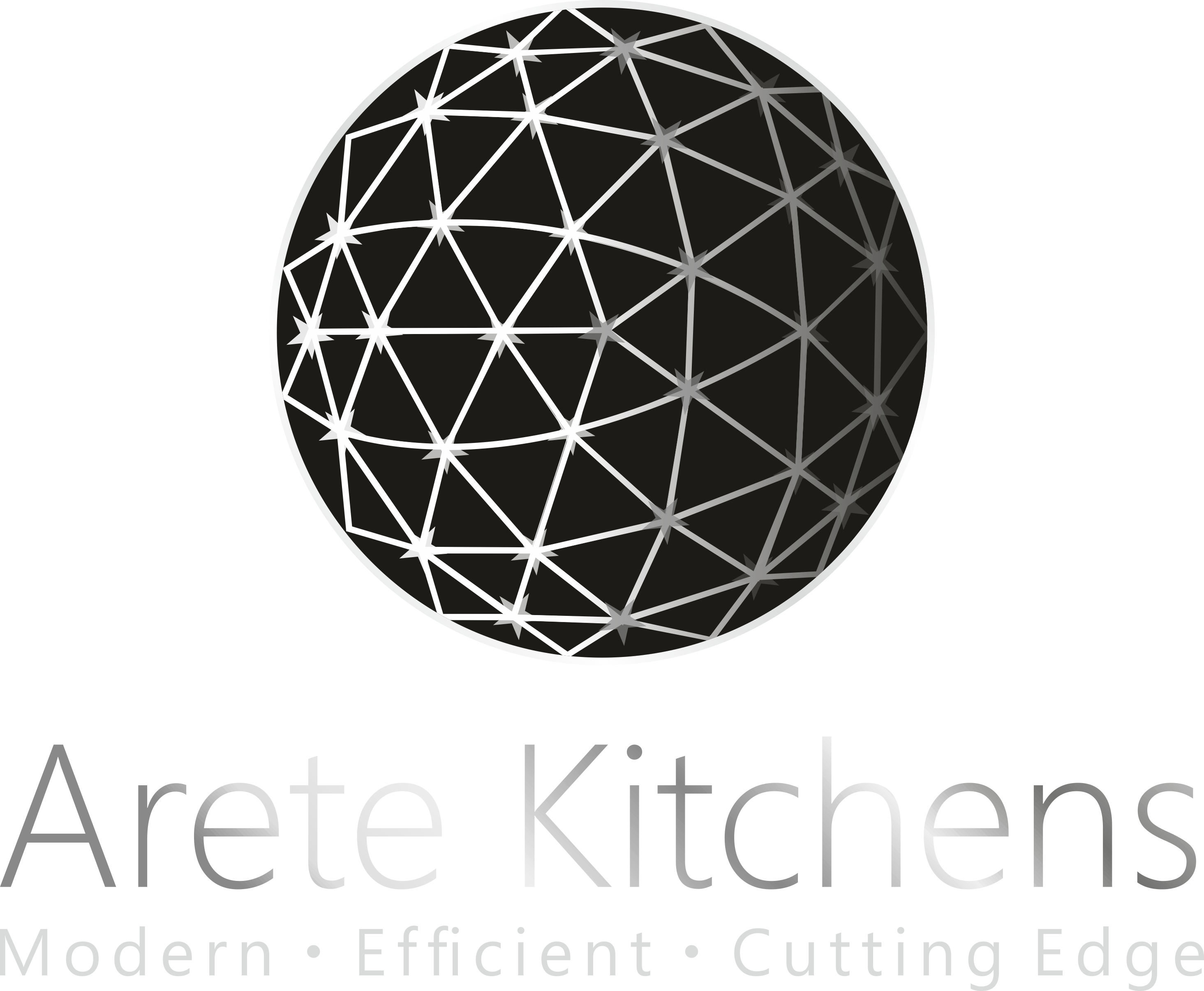Partnership with Evolution Gaming: A Live-Gaming Revolution for Scaling Casino Platforms
Hold on — if you run an online casino platform and you haven’t modelled an Evolution Gaming partnership into your growth plan, you’re missing a major lever. This piece gives practical steps, metrics and pitfalls so you can evaluate, integrate and scale live gaming without guessing. The next few paragraphs unpack why Evolution matters and what to measure first.
Wow — Evolution isn’t just a vendor; it’s a turnkey live-stack that changes player behaviour and back-end demands in predictable ways. You’ll see bigger average session lengths, higher bet variance on VIP tables and a distinct uplift in retention when studio branding is solid. Below I’ll map those business effects to concrete engineering, compliance and commercial actions you should take next.

Why an Evolution Partnership Moves the Needle
Here’s the thing: Evolution brings both product credibility and operational intensity to a platform, which means you get access to premium live tables, exclusive game types and branded tournaments that attract higher-value players. That translates to measurable KPIs — higher ARPU (average revenue per user), longer MMR (monthly max risk) ceilings and improved retention cohorts at D7 and D30. Next, we’ll look at technical implications you must plan for.
Technical Integration: APIs, Latency and Scaling Architecture
Something’s off if you treat live gaming like a static slot integration — it’s not. Evolution’s API-driven feeds require persistent sockets, NAT-friendly routing, and content delivery paths optimised for sub-200ms end-to-end latency where possible. Your load-balancing, autoscaling groups and CDN strategy must be stress-tested for concurrent seat spikes during tournaments. I’ll explain the specific metrics to benchmark next.
Practical metrics to track from day one: concurrent active seats, average round-trip time per stream, dropped-frame rate, and game-join times — measure them before and after launch so you can attribute revenue lift cleanly. You should also model infrastructure cost per seat to forecast break-even. After we cover metrics, I’ll show how payments and KYC workflows tie into live-play patterns.
Payments, KYC and AML: Handling Rapid Cashflow Around Live Play
My gut says most operators under-estimate the payment churn that comes with live-product customers — they deposit quickly, play larger, and expect faster withdrawals. That forces tighter KYC cycles, faster AML screening and lower friction for crypto rails if you support them. Plan for a KYC throughput increase of 2–4x in the first 30 days after launch. Below I’ll outline practical process changes to avoid payout bottlenecks.
Build a triage workflow: instant, automated checks for low-risk profiles; a medium queue for documentation review; and a manual escalation lane for high-stakes VIPs. Also, connect withdrawal limits to real-time game activity so legitimate players aren’t stalled during big wins. This feeds into your support staffing model, which I’ll detail in the next section.
Support, Ops & SLA Design for Live Casino
Something’s true: live players expect human-speed answers. Prepare your ops for a higher volume of chat escalations during live events, and design SLAs tied to balance holds and pending round resolution. Train support to read the live-game context (game ID, round ID) and include it in ticket templates to speed up investigations. Next, we’ll cover studio-side requirements and how Evolution’s managed services can simplify the operational load.
Studio, Streaming & Managed Services — What to Expect from Evolution
At first glance, Evolution offers fully managed studios, but you still need to integrate identity layers and session orchestration on your side. They will stream HD video and brand tables, and you must ensure your front-end can render multi-angle feeds and overlay UI without choking. Expect to co-develop feature flags for VIP tables and tournament ladders. The following section gives two short implementation case examples to illustrate typical timelines and outcomes.
Mini Case — Two Practical Examples
Example 1 — Regional launch: A mid-size AU-facing operator integrated Evolution’s standard blackjack and live roulette in 8 weeks, then rolled out a VIP baccarat table at week 12; result: D30 retention +18% and ARPU +28% from Live users. The integration required doubling chat staffing and adding an automated KYC pre-check flow to maintain 24-hour payout SLAs, which I’ll break down next.
Example 2 — Crypto-forward roll: A challenger brand prioritised crypto deposits and targeted high-frequency streamers. By enabling instant on-chain Verifications + automated batching for payouts, they reduced withdrawal friction and saw tournament participation surge 35% month-over-month. These cases show practical trade-offs between compliance friction and player experience, which I’ll compare in the following table.
Comparison Table — Integration Approaches & Tools
| Approach | Best For | Pros | Cons | Typical TTM |
|---|---|---|---|---|
| Managed Evolution Studio (full) | Rapid launch, premium UX | Low studio ops, proven games, brand trust | Higher fees, dependency on vendor roadmaps | 6–10 weeks |
| Self-hosted streaming + Evolution feed | Custom UX, localised features | Flexible branding, lower per-round fees | Heavy dev & infra work, longer TTM | 12–20 weeks |
| Hybrid (select Evolution games + proprietary) | Balanced risk/reward | Cost control, selective premium titles | Complex orchestration & testing | 10–14 weeks |
Use the table above to pick the approach that aligns with your product roadmap and cash runway, and then map resourcing accordingly in your next sprint plan which I’ll outline below.
Quick Checklist — Launch to Live in 90 Days
- Business: define KPIs (ARPU, D7/D30 retention, avg bet size) and set targets for 90 days; next, assign owners for each KPI.
- Tech: provision autoscaling groups, low-latency routes and CDN, test failover scenarios; after that, integrate Evolution API keys and sandbox flows.
- Compliance: scale KYC throughput 2–4x, pre-approve high-risk triggers, set withdrawal rules tied to playthrough; next, document SLA matrices for payouts.
- Support: implement live-game ticket templates, train on round IDs and typical disputes, and staff for peak tournament windows; after that, simulate load weekends.
- Payment Ops: enable crypto rails if appropriate, set batch windows and chargeback rules, and align limits by tier; then observe first 30-day cashflow metrics.
Work the checklist step-by-step with 2-week sprints and a production smoke test before enabling live marketing, which I’ll discuss next in terms of player acquisition tactics.
Common Mistakes and How to Avoid Them
- Underestimating infra cost per concurrent seat — model seat cost and include CDN egress in forecasts to avoid sudden overrun, then cap VIP seats if necessary.
- Ignoring UX for mobile live streams — always test low-bandwidth scenarios and provide an audio-only fallback to reduce drop-offs during peak times.
- Poor KYC throughput planning — build automated checks first, manual escalation second, and ensure quality triage to preserve payout SLAs.
- Not aligning marketing with product limits — don’t promise 24/7 VIP support unless you’ve staffed it; coordinate promos with ops capacity planning.
Each mistake above links back to measurable fixes — profile your risk, then invest in that single highest-impact mitigation first, as I’ll show in the mini-FAQ below.
Mini-FAQ
Q: How long does a typical Evolution integration take?
A: Expect 6–20 weeks depending on managed vs self-hosted approach and your internal dev capacity; plan 8–12 weeks for a standard managed rollout and include 2 weeks for stress-testing. After that, you’ll iterate features based on live metrics.
Q: What are the upfront costs to expect?
A: Budget for integration engineering, CDN and streaming egress, licensing and higher per-round fees; typical initial spend ranges from modest dev weeks (for managed) to six figures in infra and build for large self-hosted projects, followed by variable game fees and revenue share.
Q: How does this affect responsible gaming and compliance?
A: Live gaming increases velocity, so you must implement deposit/time limits, session reminders and self-exclusion tools tied to player status; ensure 18+ checks and local AU guidance are visible and integrated into onboarding flows.
These FAQs answer the immediate tactical questions you’ll face before contract signature and lead into practical resources and partner selection tips, which I’ll summarise next.
Partner Selection Tips & Middle-Phase Recommendation
To be honest, choose an approach that matches your tolerance for vendor dependency and your speed-to-market needs; if you want the fastest path to monetisation, a full Evolution managed integration reduces dev lift but increases variable costs. If you prefer deeper control and custom UX, consider a hybrid that pairs Evolution’s marquee games with your proprietary live features, and review the table above again to decide. For resources and a live demo, visit the main page which outlines example roadmaps and partner templates to adapt, and next I’ll close with responsible-gaming notes and author credentials.
Another practical suggestion: treat the first 90 days as an experiment — cap paid marketing, validate retention and ARPU against control cohorts, then scale budgets where live shows clear ROI; if you need starter templates or checklists, the main page has downloadable examples designed for AU operators and hands-on checklists to use in sprint planning. After reviewing those templates, proceed to build your playbook for the next 180 days.
18+ only. Gambling carries risk and is not a reliable source of income. Implement deposit limits, self-exclusion and responsible-play messaging, and ensure local compliance with AU regulations and KYC/AML requirements; next, consult compliance counsel before public launches.
Sources
- Evolution internal integration guides (vendor docs reviewed)
- Operator case studies and AU market reports (internal compilations)
- Industry compliance notes and KYC throughput benchmarks (aggregated)
These sources reflect vendor literature, operator experience and market benchmarks and should be your starting point for contract and IRL testing, as I’ll note again in the author bio below.
About the Author
Senior product and ops lead with 8+ years building AU-facing casino platforms, focused on live product launches, payment ops and player lifecycle; I’ve run three Evolution-integrated pilots and scaled two platforms from sandbox to profitable live operations. If you want templates or sprint-ready checklists, the author resources linked on the main page can help you map the next 90 days. This wraps up the practical playbook and next steps you should take.








